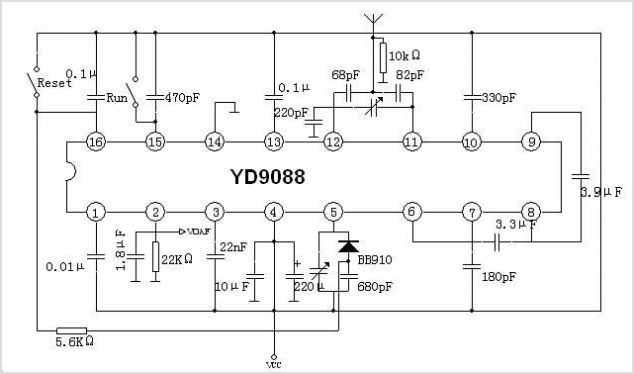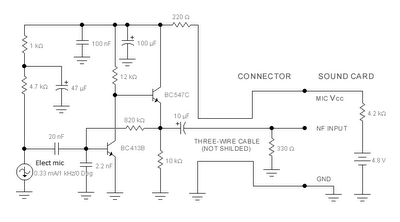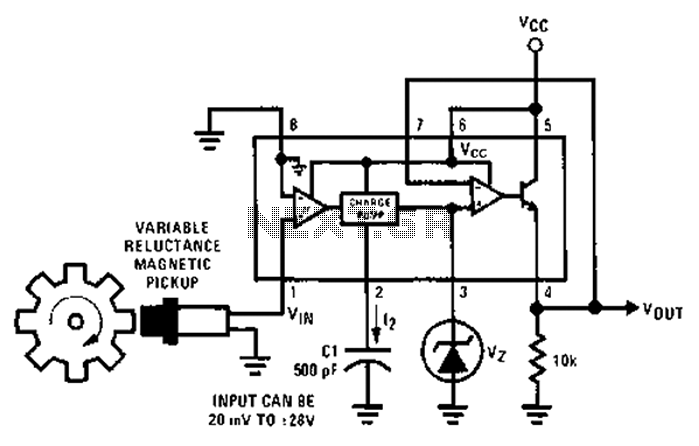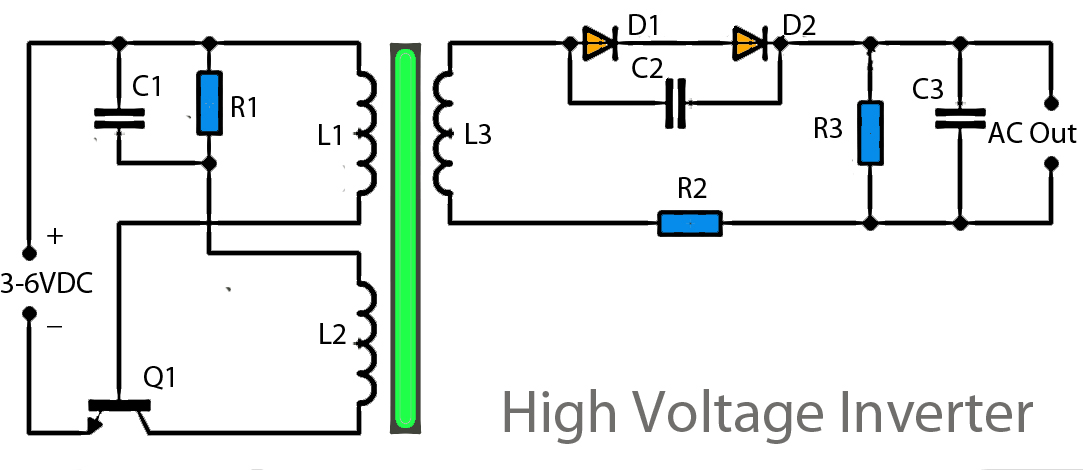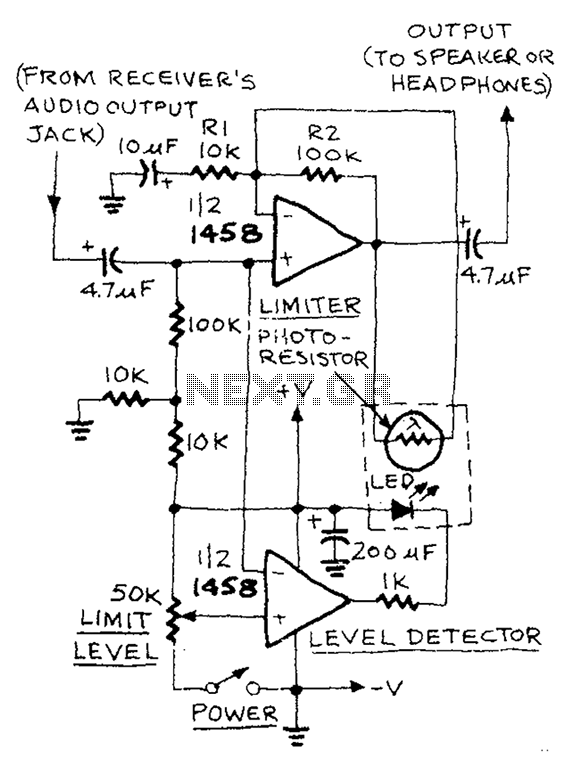
A Regularly Repeating Interval Timer circuit
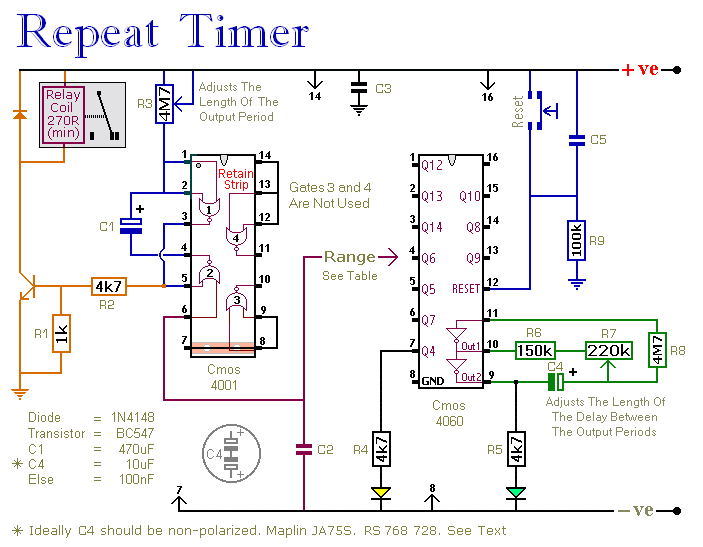
This circuit features an adjustable output timer capable of re-triggering at regular intervals. The output duration can range from a fraction of a second to over half an hour, and it can be configured to recur at regular intervals from seconds to days and beyond.
The adjustable output timer circuit typically employs a combination of a timer IC, such as the 555 timer, and additional components like resistors, capacitors, and sometimes transistors for output control. The configuration allows for precise timing adjustments, which can be achieved by varying the resistance and capacitance values in the circuit.
In a standard implementation, the 555 timer is set up in astable mode to create a continuous output pulse. The frequency of these pulses can be adjusted by changing the values of the resistors (R1 and R2) and the capacitor (C1) connected to the timer. The duty cycle, which determines the duration of the output high state versus the low state, can also be manipulated by selecting appropriate resistor and capacitor values.
For longer timing intervals, a larger capacitor can be used, or the circuit can be designed to include a secondary timing mechanism, such as a microcontroller or a programmable timer IC, which can handle longer durations and more complex timing sequences. This secondary mechanism can provide additional features, such as multiple output states, different timing profiles, or even user interface options for setting the timer parameters.
The output stage of the circuit may consist of a transistor or relay to drive higher loads, ensuring that the timer can control various devices or systems effectively. Proper power supply considerations must also be made to ensure that the timer circuit operates reliably over the desired range of intervals.
In summary, this adjustable output timer circuit is versatile and can be tailored to meet a wide range of timing requirements, making it suitable for applications such as automated lighting systems, irrigation controllers, or any scenario where precise timing and re-triggering capabilities are essential.This circuit has an adjustable output timer that will re-trigger at regular intervals. The output period can be anything from a fraction of a second to half-an-hour or more - and it can be made to recur at regular intervals of anything from seconds to days and beyond.. 🔗 External reference
The adjustable output timer circuit typically employs a combination of a timer IC, such as the 555 timer, and additional components like resistors, capacitors, and sometimes transistors for output control. The configuration allows for precise timing adjustments, which can be achieved by varying the resistance and capacitance values in the circuit.
In a standard implementation, the 555 timer is set up in astable mode to create a continuous output pulse. The frequency of these pulses can be adjusted by changing the values of the resistors (R1 and R2) and the capacitor (C1) connected to the timer. The duty cycle, which determines the duration of the output high state versus the low state, can also be manipulated by selecting appropriate resistor and capacitor values.
For longer timing intervals, a larger capacitor can be used, or the circuit can be designed to include a secondary timing mechanism, such as a microcontroller or a programmable timer IC, which can handle longer durations and more complex timing sequences. This secondary mechanism can provide additional features, such as multiple output states, different timing profiles, or even user interface options for setting the timer parameters.
The output stage of the circuit may consist of a transistor or relay to drive higher loads, ensuring that the timer can control various devices or systems effectively. Proper power supply considerations must also be made to ensure that the timer circuit operates reliably over the desired range of intervals.
In summary, this adjustable output timer circuit is versatile and can be tailored to meet a wide range of timing requirements, making it suitable for applications such as automated lighting systems, irrigation controllers, or any scenario where precise timing and re-triggering capabilities are essential.This circuit has an adjustable output timer that will re-trigger at regular intervals. The output period can be anything from a fraction of a second to half-an-hour or more - and it can be made to recur at regular intervals of anything from seconds to days and beyond.. 🔗 External reference
